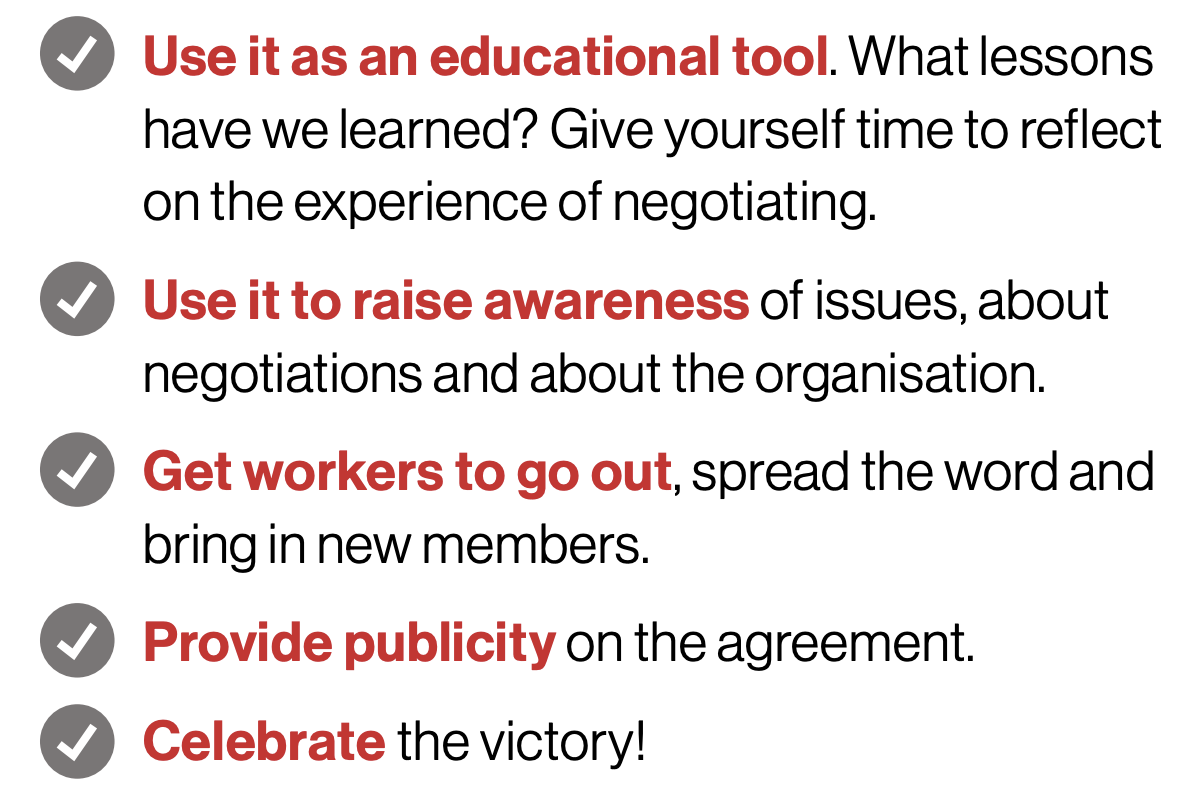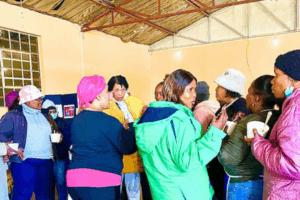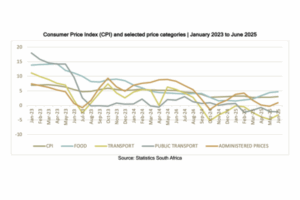Trade unions have the right to bargain at all levels to address violence and harassment, including mitigating the effects of domestic violence in the world of work.
ILO Recommendation 206 on the elimination of violence and harassment in the world of work
Collective bargaining is one of the most effective tools unions have to ensure that workplaces are safe and free from violence, harassment and discrimination. ILO recommendation 206 (R206) on the elimination of violence and harassment in the world of work calls for the right of trade unions to bargain at all levels to address violence and harassment, including mitigating the effects of domestic violence in the world of work and strengthening negotiations through collecting and sharing trends and best practices on processes and collective agreements.
Using our bargaining power to address violence and harassment in the world of work: The four phases of collective bargaining
1. PREPARATION
Gathering information
- Conduct a workplace risk assessment to understand the levels and types of violence and harassment (refer to R206 Protection and Prevention guidelines).
- Keep records of all existing agreements and policies related to violence and harassment.
- Examine policies like sexual harassment policies and consider expanding them to cover all forms of workplace violence and harassment.
- Ensure that all policies comply with current government legislation on violence and harassment.
- Policies need to be shaped with union input, as they are less effective if solely created by employers. Collaborate with employers to negotiate workplace policies and codes of conduct, ensuring mutual commitment (refer to R206 workplace policy and model codes of practice guidelines).
- Create policies that both unions and employers understand and support to enhance accountability and commitment to a safer work environment.
Putting together the bargaining team
Include negotiators who understand the nature and forms of violence and harassment in their respective sectors.
Ensure the inclusion of women leaders, whose insights into the gendered aspects of violence and harassment can highlight how these issues uniquely affect different groups of workers.

Possible roles in negotiating teams
Collecting demands
Create safe spaces for workers to share their experiences of violence. This process builds broad support for the demands that arise and strengthens the bargaining position. Where policies already exist, demand their effective implementation (refer to C190 Enforcement and Remedies, Article 10a).
Examples of Demands((Refer to C190 Enforcement and Remedies, Article 10 a)
Paid leave for victims of violence and harassment – fundamental aspect of workplace support
Flexible work arrangements and protection for victims of domestic violence
Work relocation for victims of violence in the world of work
Safe houses for victims of domestic violence
Support to help victims re-enter the labour market
Model policy (Code of Good Practice)
Security measures like better lighting, security personnel, safe transport for shift workers
Safe sanitation facilities
A helpline
Support from Social workers and counselling services
An independent complaints mechanism
Joint union-employer commissions to prevent, monitor and address violence and harassment
Inclusion of domestic violence in workplace risk assessments
Prepare members, allies, and the public (refer to R206 IV(d) Public Awareness Campaigns):
- Ensure that all union members understand and follow the negotiation process.
- Partner with NGOs and allies working on gender-based violence to raise awareness before negotiations.
- Highlight the importance of public sector worker safety to the broader community.
- Where legally allowed, keep the public informed about negotiation progress. Leverage public updates to apply pressure on employers and emphasise the union’s commitment to addressing violence and harassment in the workplace.
2. NEGOTIATION
The negotiation phase involves face-to-face engagement with the employer to negotiate the best possible outcomes for your members.
Tackle the underlying conditions that contribute to violence and harassment in the workplace.
Focus negotiations on demands that meet workers’ immediate needs, using the ongoing fight for job security and labour rights as the broader context for these immediate needs.

3. AGREEMENT
Share the signed agreement with your members to raise awareness about their right to a safe work environment. Emphasise the increased confidence and collective power that the agreement represents. Use this opportunity to address the unequal gender norms that drive violence and harassment in the world of work.

4. IMPLEMENTATION
The agreement is only the beginning of the process. Follow up to ensure that the agreement is implemented.
Use the agreement as catalyst
You have secured a victory for workers, and their morale is high. Workers are optimistic about what the union can achieve. Build on this momentum:

This article is extracted from Practical Guide for Implementing ILO Convention 190 in Public Sector Workplaces by Public Services International, produced in collaboration with the Labour Research Service and the Trade Union Solidarity Centre of Finland.
RELATED ARTICLE
What do C190 and R206 expect from trade unions?
Five steps to assess workplace risks of violence and harassment
RELATED RESOURCES







